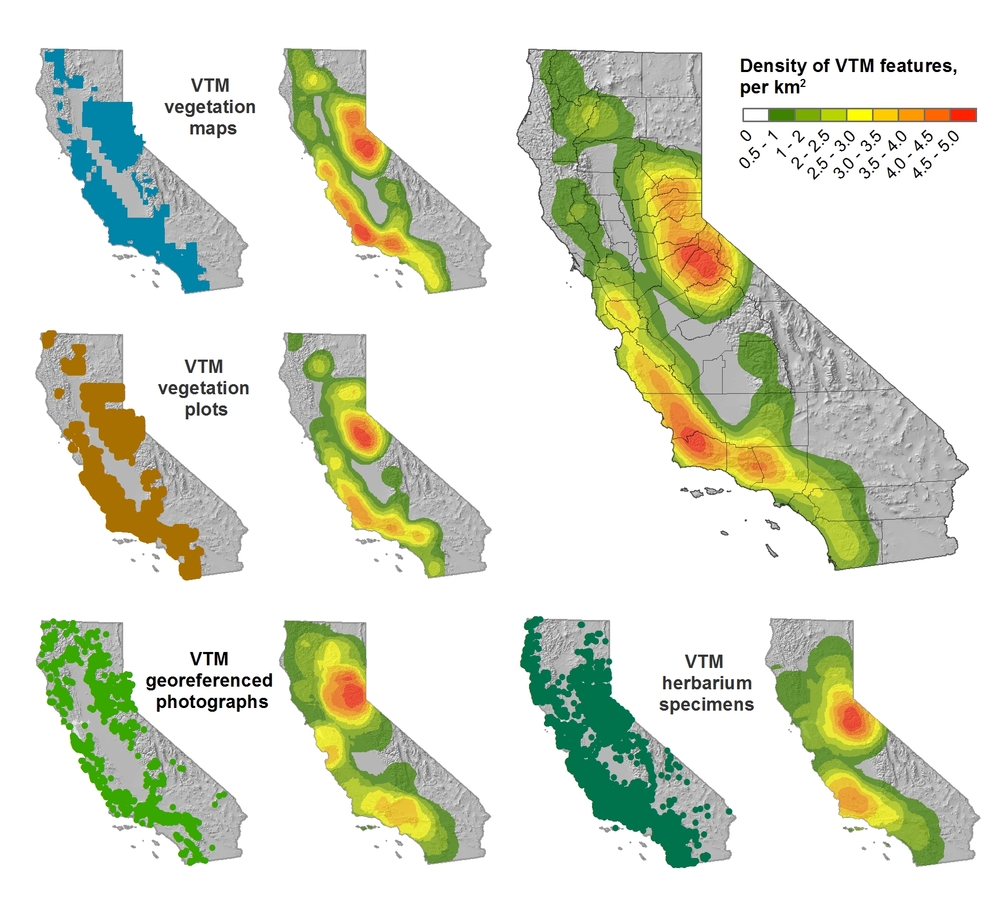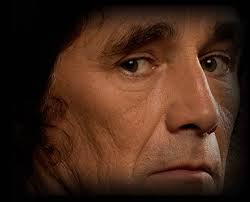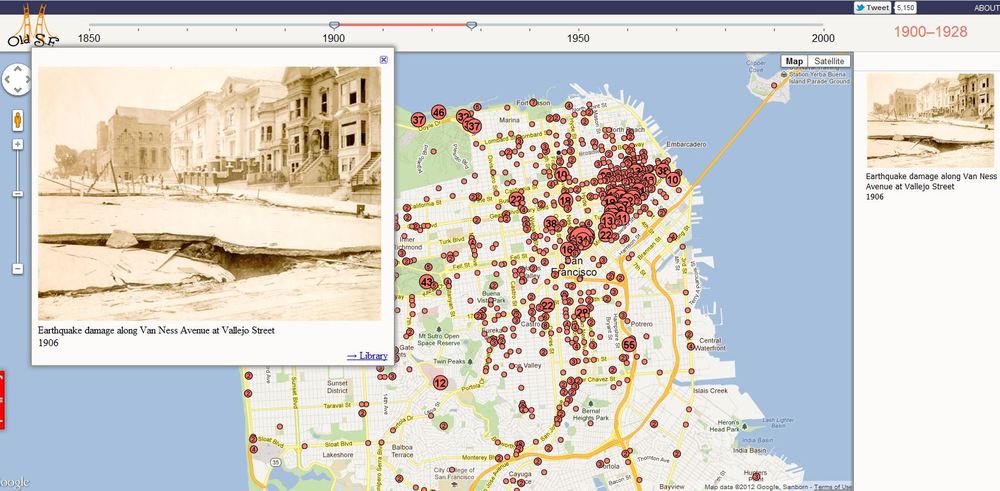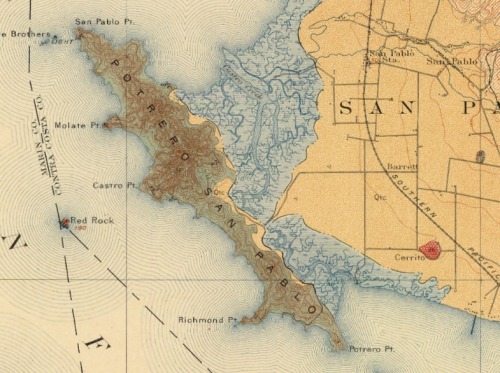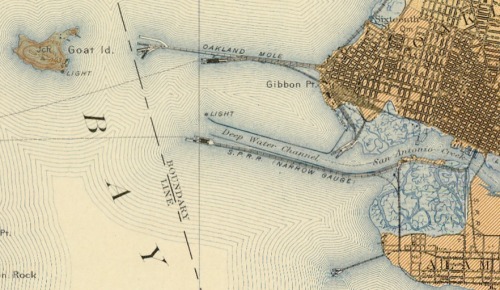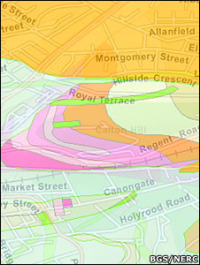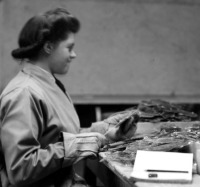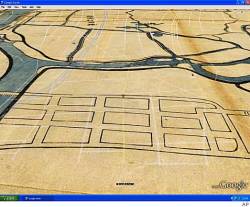Wrap-up from ESRI User Conference 2019 Day 2
/Day 2 Highlights
Morning sessions included using ArcGIS Pro for Lidar analysis. This was a great overview of working with LAS files within ArcGIS Pro: data formats, including LAS related data structures multipoints and multipatches, data diagnostics to examine data quality and coverage, and basic processing of Lidar data in ArcGIS Pro. Very useful. Thanks to ccrawford. Next Shane and I checked out Data Science in ArcGIS Pro: Using R and Python. This is an update from last year’s session on R and Python in ArcGIS, and again we started with the classic battle of the bands. The python demo showed PySAL, and how to do a quick spatial econometric analysis in PySAL within Pro. Need more time, obvi. The R demo was a nice walk through of data input - vector and raster - via the R-bridge, and showed how easy the framework is. Very useful.
Afternoon sessions included a bunch of stuff, but the highlight was the always funny, always useful, always inspiring wizards of cartography Kenneth Field, John Nelson, and Edie Punt and Mapping with Style. Another great session! Edie discussed the excellent Styles capacity in Pro, which I am aware of but not an expert at. She helpfully pointed out some key things to pay attention to: USE STYLES FOR COLOR CONTROL! because of the new graphics engines used in Pro, TRANSPARENCY is available on all colors, and will be transferred to your PDF! Also, color locking is great! And color brewer schemes are available in Pro Styles. So much love! Interspersed with Edie’s slide were John and Kenneth delivering their usual hilarious take on making beautiful maps: John showed off some nice and creative new published styles: Firefly, Imhof, and Lego; and Kenneth presented a whimsical case study bringing to life a 1930s map of Redlands using the watercolor style from John. See other styles here. Good day.


